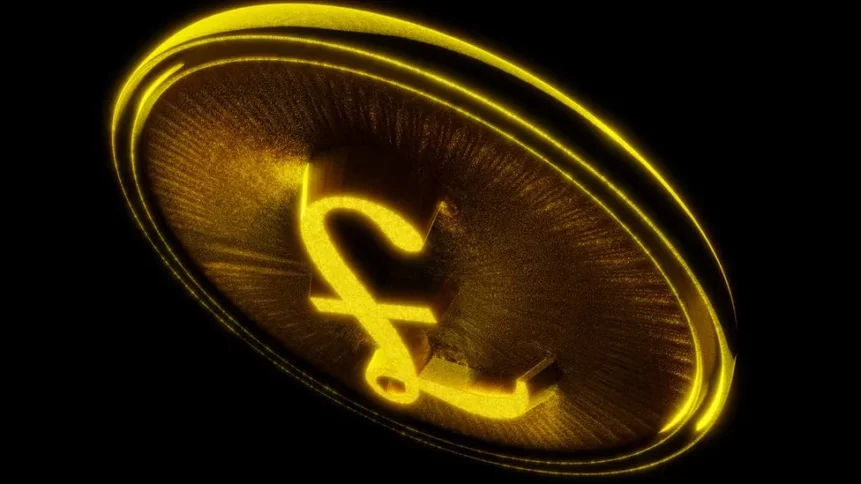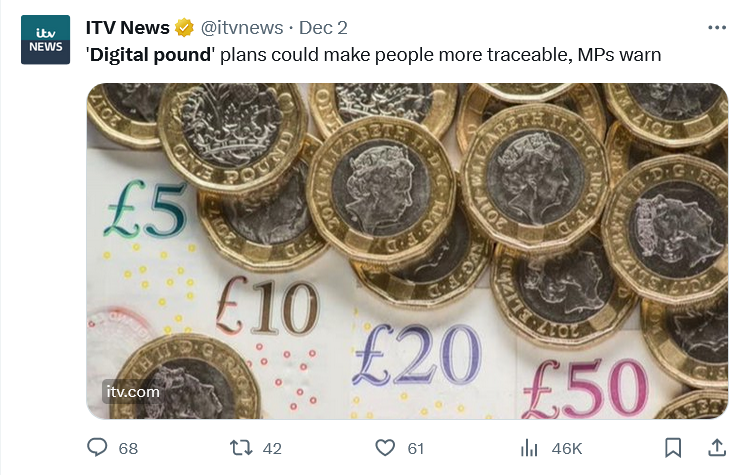UK MPs warn the digital pound needs more vetting

• Having a central bank digital currency is a growing trend among nations.
• But MPs in the UK are advising caution on its adoption.
• Before a “digital pound” can be recommended, MPs say the concept has to present its benefits – which right now are nebulous.
MPs in the UK have warned that a state-backed “digital pound” should be developed with caution, bringing the focus of technologists and analysts back to the question of a central bank digital currency.
Since February this year, the Bank of England and the UK Treasury have been consulting on the idea of a central bank digital currency. At the moment, they’re at the design stage – figuring out what such a system would look like.
In the first six months of 2023, digital currencies were a hot topic. Whether things went quiet while development began, or progress stalled, MPs in the UK have drawn attention back to the idea with a report on the prospect.
A central bank digital currency (CBDC) for household and business use would sit alongside cash and bank deposits, not replace them (although it’s a slippery slope: how many businesses have stopped accepting cash?) but details are still unclear.
Like banknotes, the Bank of England would issue the CBDC, meaning people would have all the same safety and security they have with cash – this is markedly different to cryptocurrencies, which fluctuate in value and tend to be run by private companies without any of the state backing that people have been trained since birth to trust.
£10 of a digital pound would always be worth the same as £10 in cash.
READ NEXT

The cashless society – a roadmap
Where are the benefits?
In a report, MPs on the Treasury Committee said there were “some potential benefits” of a digital pound, like innovation in payments and helping the UK’s global competitiveness. It’s hard to see any material benefit to the vast majority of people living in the UK, though.
“The extent of these benefits is unclear,” MPs said. “Nor is it clear that a digital pound is the only (or best) means of achieving them.”
There’s also the small matter of negative impacts, along with the risk and cost associated with implementing a central bank digital currency. A digital pound would be very traceable and give authorities access to a lot of new data about people.

Harriett Baldwin, Chair of the Treasury Committee.
Its introduction would also likely speed up the demise of physical cash. Along with all the anonymity that cash provides, it’s still relied upon by many. In fact, whole ecosystems within an economy depend on cash changing hands – not least an uneasily growing refugee and homeless population.
Chair of the Committee, Harriett Baldwin, said that the positives of a CBDC to the UK economy would have to be demonstrated before any decision to introduce it was made.
“We must also keep a close eye on ensuring that any retail digital pound does not worsen financial exclusion for those reliant on physical cash. The digitization of money can’t, in any way, leave those people behind,” she said.
Global central bank digital currency
The idea of a digital pound shouldn’t even be considered until concerns over data privacy and the increased risk of bank runs are addressed.

Could a central bank digital currency be in place in the UK before the end of the decade?
As of May 2020, only 35 countries were considering a CBDC. Now, 64 are in an advanced phase of exploration (development, pilot, or launch) and 130 countries, representing 98% of global GDP, are exploring one.
The Reserve Bank of India is set to launch a pilot of its own central bank digital currency, the digital rupee. The European Central Bank is also on track to begin its digital euro pilot, with a possible launch in 2028. The UK’s design phase is expected to run until the middle of the decade, and the currency could be launched before 2030.
In the US, the digital dollar is moving slowly. In fact, it’s only “moving forward” as a wholesale (bank-to-bank) version, while a retail version for the wider population has stalled. In fairness, though, the heavyweight status of the dollar in the financial system means any US move would have enormous global consequences.
Australia, Thailand, South Korea and Russia are all continuing pilot tests this year.









